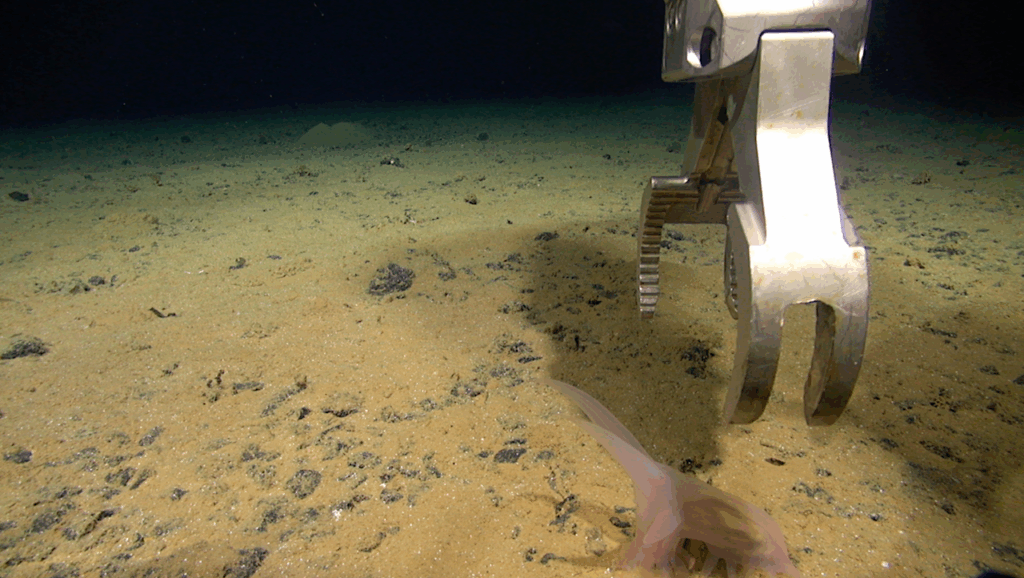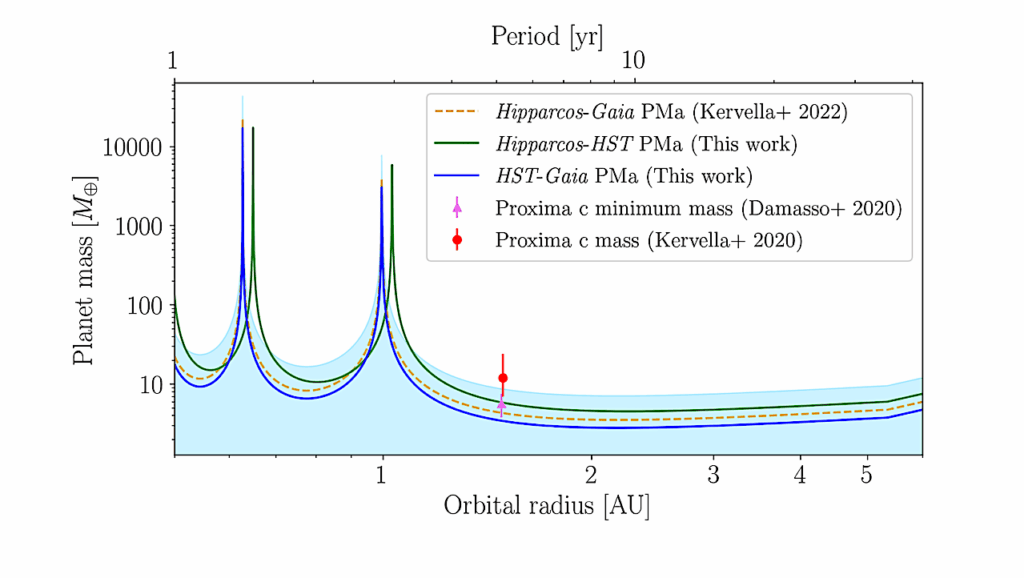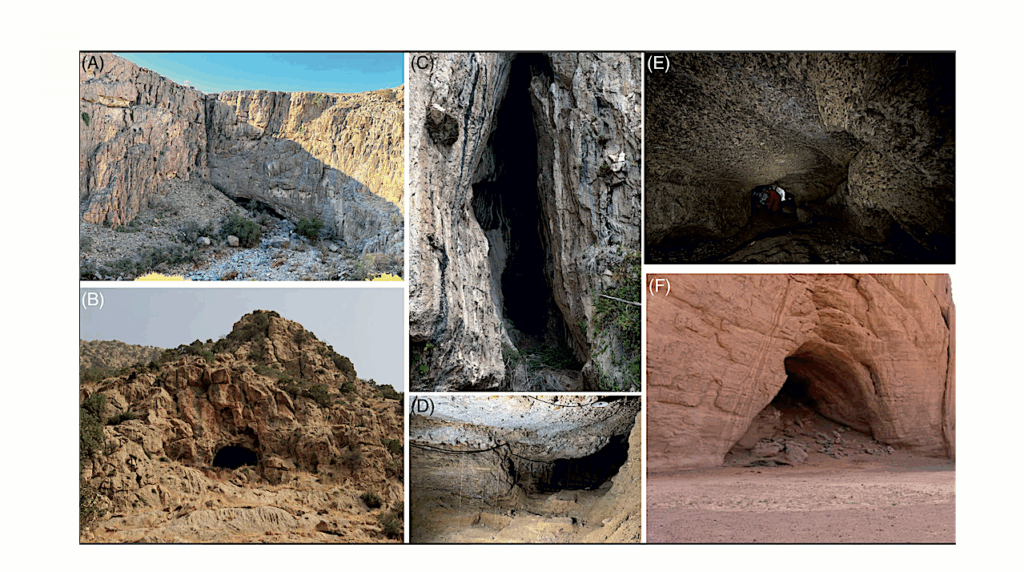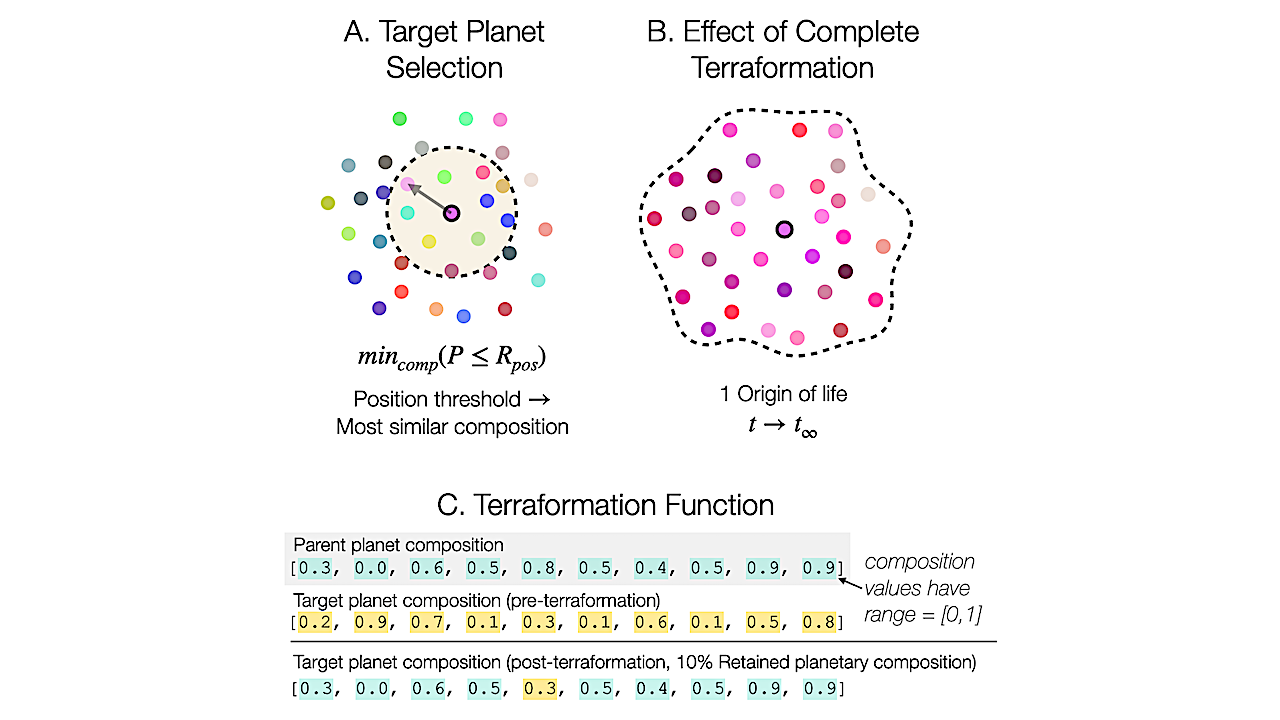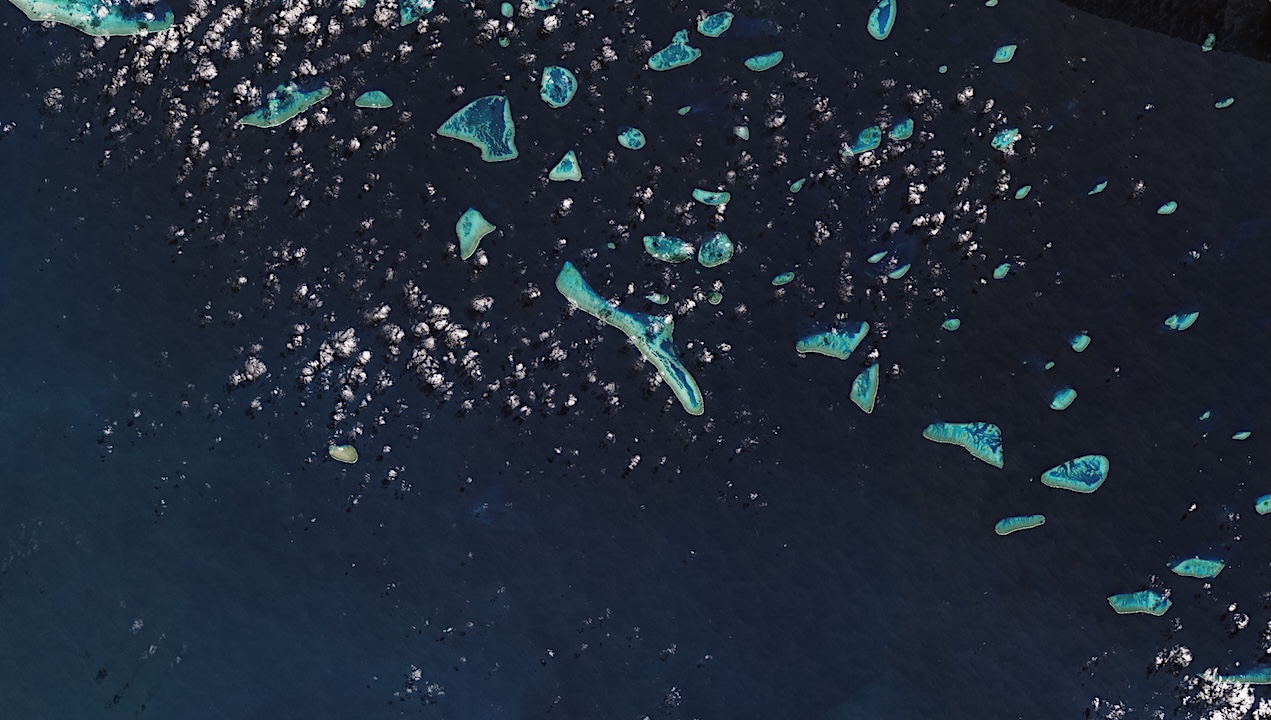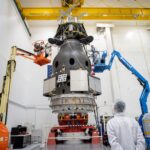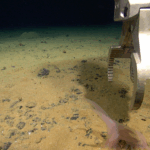Now Reading: Niallia tiangongensis sp. nov., Isolated From The China Space Station
-
01
Niallia tiangongensis sp. nov., Isolated From The China Space Station
Niallia tiangongensis sp. nov., Isolated From The China Space Station
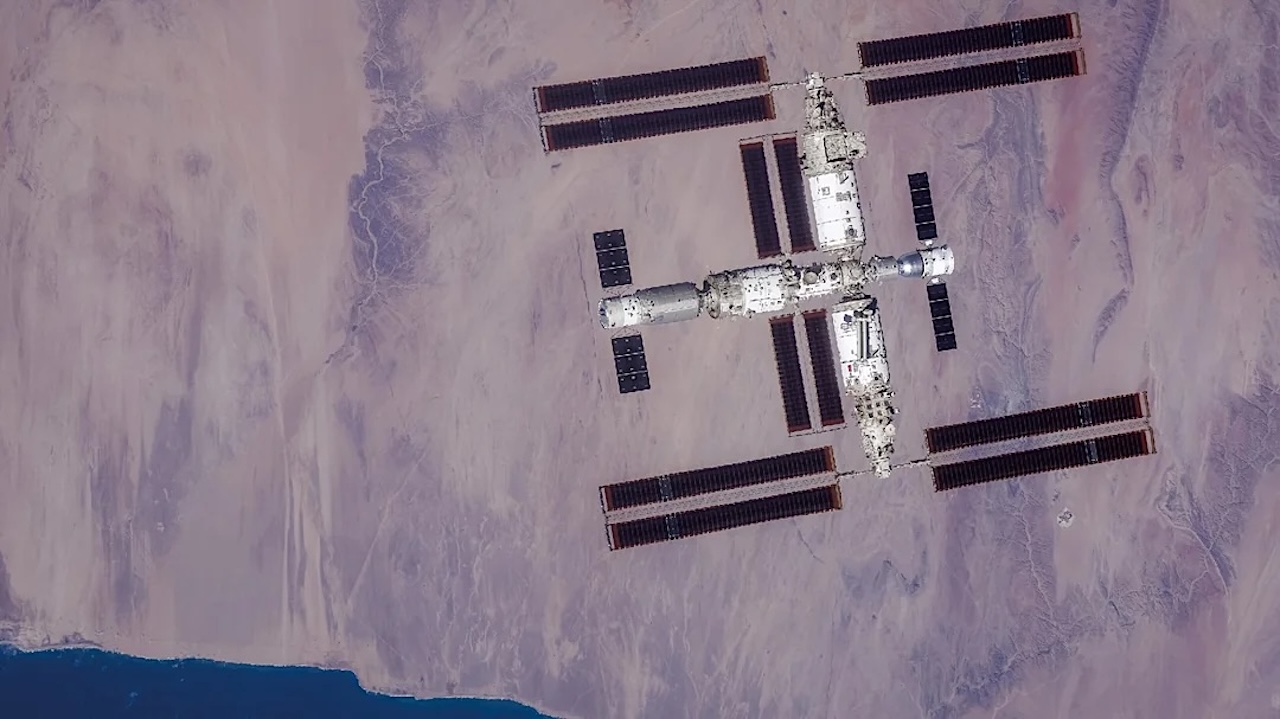

China Space Station “Tiangong” 天宫 as seen by the by Shenzhou 16 crew on Oct. 30, 2023 upon departure – CGTN
Understanding the characteristics of microbes during long-term space missions is essential for safeguarding the health of astronauts and maintaining the functionality of spacecraft. In this study, a Gram-positive, aerobic, spore-forming, rod-shaped strain JL1B1071T was isolated from the surface of hardware on the China Space Station.
This strain belongs to the genus Niallia, with its closest relative being Niallia circulans ATCC 4513T. The genome of JL1B1071T is 5 166 230 bp in size, with a G+C content of 35.6 mol%. The average nucleotide identity and digital DNA-DNA hybridization values between JL1B1071T and N. circulans ATCC 4513T are 83.3 and 27.5%, respectively, both below the recommended thresholds for species delineation.
The major cellular fatty acids were anteiso-C15:0 and iso-C15:0. The major quinone was menaquinone-7 (MK-7). Notably, strain JL1B1071T demonstrates a unique ability to hydrolyse gelatin, suggesting that it can utilize gelatin as a substrate in nutrient-limited environments.
Genomic analysis of JL1B1071T revealed two conserved signature indels in the GAF domain-containing protein and DNA ligase D protein, which are specific to the genus Niallia. Additionally, structural and functional differences in proteins BshB1 and SplA were identified, which may enhance biofilm formation, oxidative stress response and radiation damage repair, thereby aiding its survival in the space environment.
Based on phenotypic, physiological and chemotaxonomic characteristics, as well as genome annotation, strain JL1B1071T was considered a novel species within the genus Niallia and is proposed to be named Niallia tiangongensis sp. nov. The type strain is JL1B1071T (=GDMCC 1.4642=KCTC 43715).
Niallia tiangongensis sp. nov., isolated from the China Space Station, International Journal of Systematic and Evolutionary Microbiology via PubMed
Astrobiology
Stay Informed With the Latest & Most Important News
Previous Post
Next Post
-
 012024 in Review: Highlights from NASA in Silicon Valley
012024 in Review: Highlights from NASA in Silicon Valley -
 02Panasonic Leica Summilux DG 15mm f/1.7 ASPH review
02Panasonic Leica Summilux DG 15mm f/1.7 ASPH review -
 03From Polymerization-Enabled Folding and Assembly to Chemical Evolution: Key Processes for Emergence of Functional Polymers in the Origin of Life
03From Polymerization-Enabled Folding and Assembly to Chemical Evolution: Key Processes for Emergence of Functional Polymers in the Origin of Life -
 04How New NASA, India Earth Satellite NISAR Will See Earth
04How New NASA, India Earth Satellite NISAR Will See Earth -
 05And Thus Begins A New Year For Life On Earth
05And Thus Begins A New Year For Life On Earth -
 06Astronomy Activation Ambassadors: A New Era
06Astronomy Activation Ambassadors: A New Era -
07SpaceX launch surge helps set new global launch record in 2024













